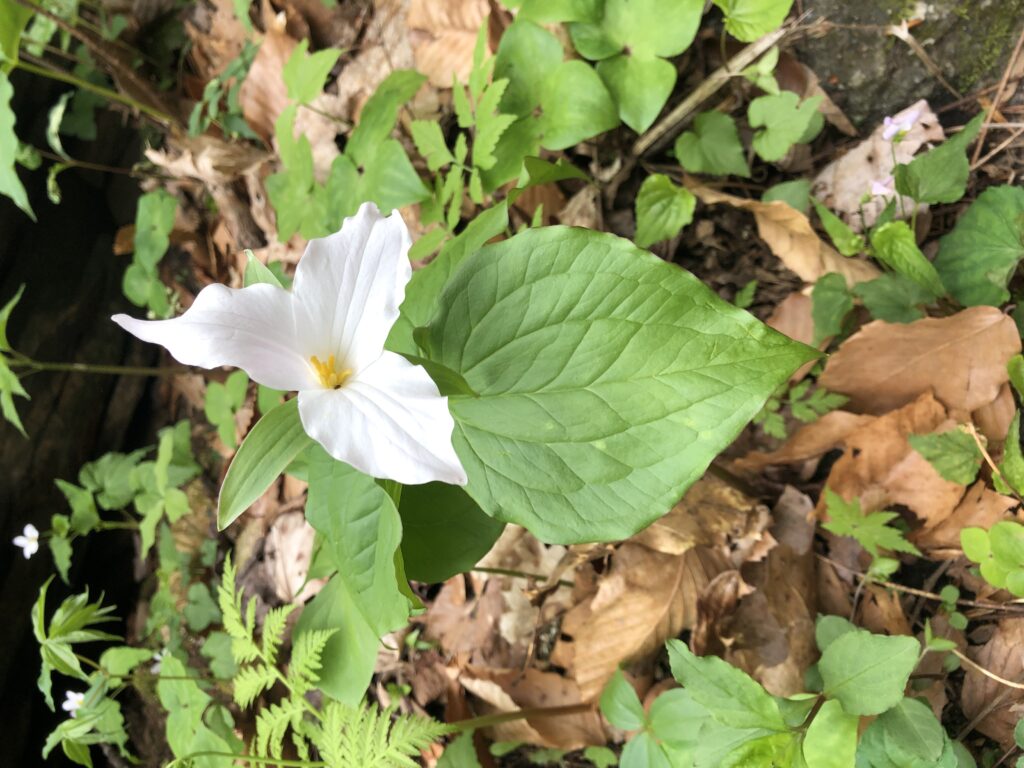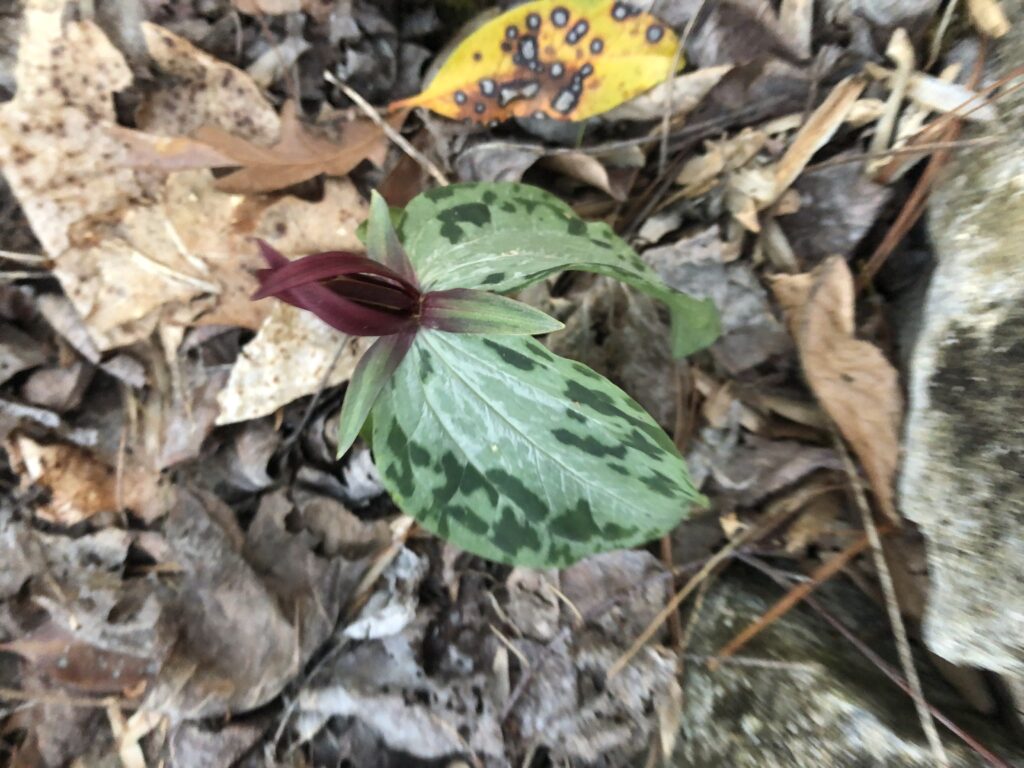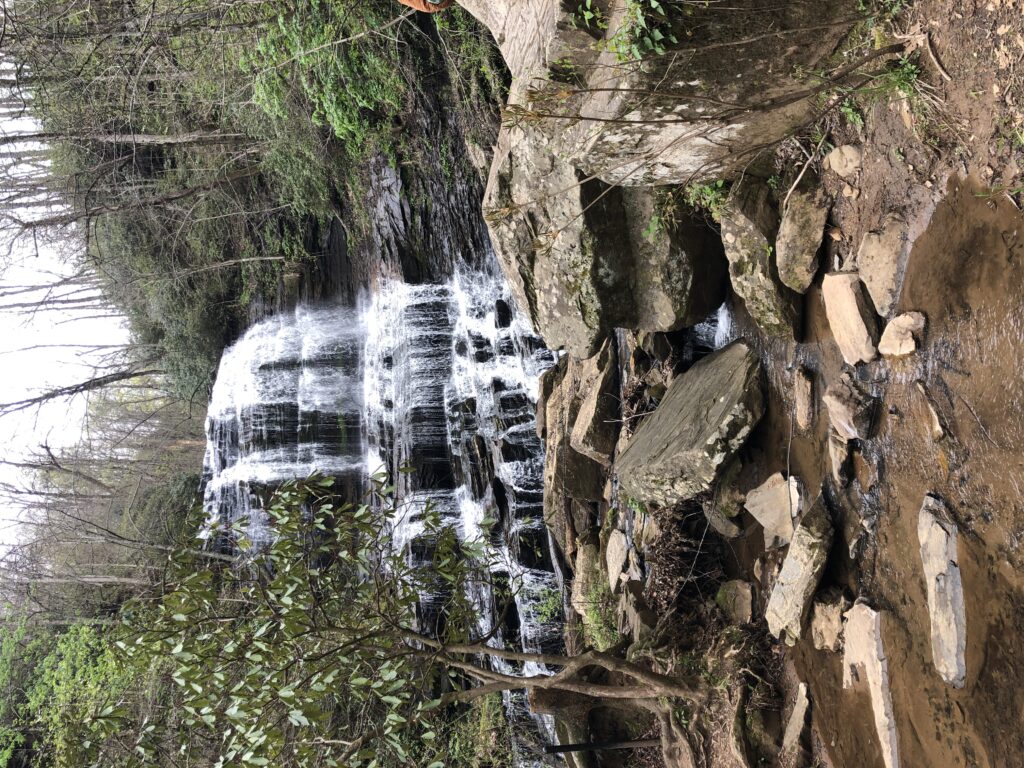Spring Ephemeral Flowers, Mosses and Ferns
go.ncsu.edu/readext?986008
en Español / em Português
El inglés es el idioma de control de esta página. En la medida en que haya algún conflicto entre la traducción al inglés y la traducción, el inglés prevalece.
Al hacer clic en el enlace de traducción se activa un servicio de traducción gratuito para convertir la página al español. Al igual que con cualquier traducción por Internet, la conversión no es sensible al contexto y puede que no traduzca el texto en su significado original. NC State Extension no garantiza la exactitud del texto traducido. Por favor, tenga en cuenta que algunas aplicaciones y/o servicios pueden no funcionar como se espera cuando se traducen.
Português
Inglês é o idioma de controle desta página. Na medida que haja algum conflito entre o texto original em Inglês e a tradução, o Inglês prevalece.
Ao clicar no link de tradução, um serviço gratuito de tradução será ativado para converter a página para o Português. Como em qualquer tradução pela internet, a conversão não é sensivel ao contexto e pode não ocorrer a tradução para o significado orginal. O serviço de Extensão da Carolina do Norte (NC State Extension) não garante a exatidão do texto traduzido. Por favor, observe que algumas funções ou serviços podem não funcionar como esperado após a tradução.
English
English is the controlling language of this page. To the extent there is any conflict between the English text and the translation, English controls.
Clicking on the translation link activates a free translation service to convert the page to Spanish. As with any Internet translation, the conversion is not context-sensitive and may not translate the text to its original meaning. NC State Extension does not guarantee the accuracy of the translated text. Please note that some applications and/or services may not function as expected when translated.
Collapse ▲
This Trillium grandiflorum blooms in late April in woodlands across Henderson County
Ephemeral means existing briefly. In native plant parlance, ephemeral plants refer to plants that flower on the forest floor in early spring before the leaves appear on the trees. Some spring ephemerals will have a leaf or two that will continue through the summer while others completely disappear from view as the spring ends.
How is a spring ephemeral plant different from an annual or perennial? Annuals are plants that only live for one growing season while perennial plants survive for many years. Many spring ephemeral plants are perennials, surviving as a tuber, rhizome or bulb-like structure underground over the winter.
Essentially, how they’ve evolved to bloom before the canopy fills in. These fleeting spring beauties appear on the forest floor BEFORE the leaves emerge on the trees in the upper story of the forest. This allows them to take advantage of the sunlight while it lasts. The flowers are pollinated by native insects, especially bumble bees. These bees can work when the weather is a little cool.
Henderson County and the surrounding counties are blessed to have so many areas where spring ephemerals can be found. In fact, if you hike anywhere in Southern Appalachia you can expect to see plants like bloodroot, mayapples, bluebells, Dutchman’s breeches, trout lily, trillium, lady slipper orchids, bluette, oxalis, little brown jugs, violets, cranefly orchids and many more!
Everyone has to have a favorite and I must say that my favorite spring ephemeral plants are our native orchids. The lady slipper is by far the most interesting spring ephemeral plant as far as I am concerned. There are many orchids native to the southeastern US and the southern Appalachians but the lady slippers stand out. The flower looks like a ballerina’s slipper and can be either yellow or pink here. Growing in very specific locations based on soil pH, moisture and sun exposure, the plants are only found in special undisturbed places.
Bees and Spring Ephemerals
spring ephemeral flowers are pollinated by native insects, especially bumble bees. These bees can work when the weather is a little cool. Bees are our main pollinating insect generally. However most people do not realize that our native bees are distinct from managed ‘livestock’ honey bees which came from Europe. There are over 500 species of native bees in North Carolina! Other insect pollinators include many types of flies and wasps.
Mosses and Ferns
Spring ephemeral plants are not the only interesting plants in the forest. Mosses and ferns are two groups of simple plants that make our forests green and beautiful. Both mosses and ferns reproduce asexually. This means they do not require a mate to reproduce. The organism spawns spores (seed-like structures) all on its own.
Growing Spring Ephemerals, Mosses and Ferns at Home
Backyard gardeners can introduce ephemerals, mosses, and ferns into their landscapes. First of all, please do not take spring ephemeral flowers, ferns or mosses from our public lands. It is illegal to do so. Because many of these plants are rare, threatened or even endangered, collecting from the wild can harm native populations. However, we can cultivate these plants from examples purchased from nurseries.
The best thing we can do is to leave our forested landscapes alone. Often ephemeral wildflowers will just appear in our backyard woods if we stop disturbing them and keep them free of invasive plants! This happened at a former residence of mine. I cleared an area of invasive English ivy (BOO!) and trilliums magically appeared!
Seeing Spring Ephemeral, Mosses and Ferns Locally
If you want to see spring ephemeral flowers, mosses or ferns I suggest you visit Holmes Educational Forest, DuPont Forest, Pisgah Forest or Pearson’s Falls locally. I try to go to one of these sites weekly from Mid March through the first of May to see these great plants.









